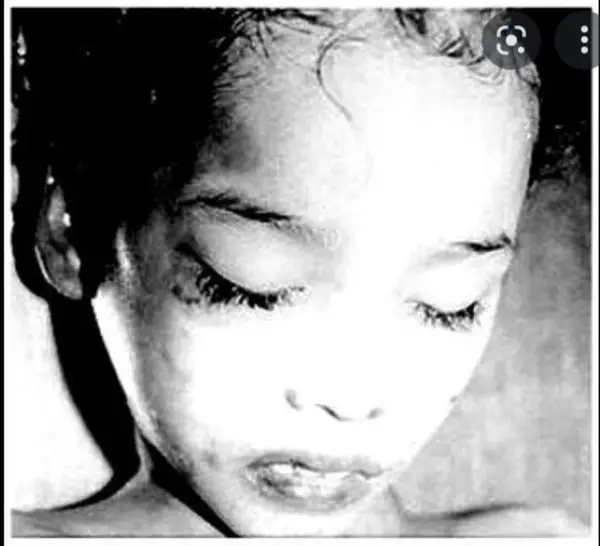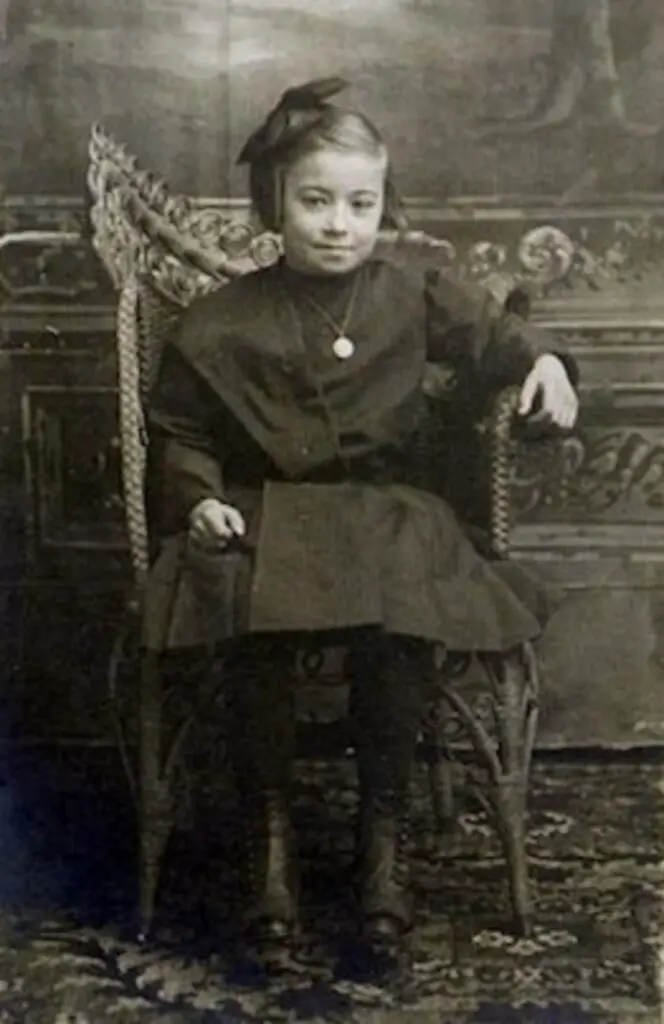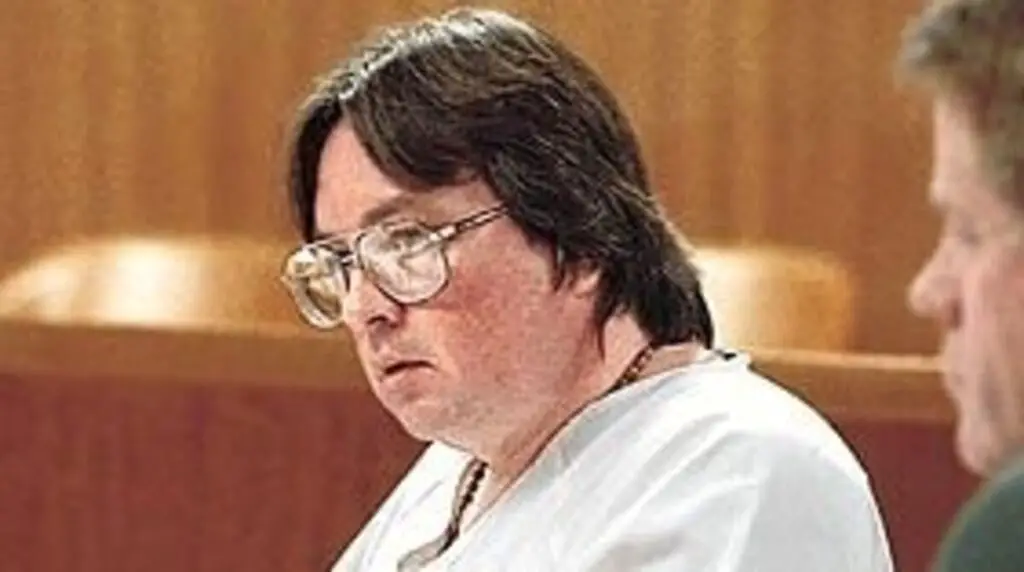
Mayor Eric Adams touted a $650 million plan to tackle homelessness and get mentally ill New Yorkers off the streets and out of subways during his State of the City speech Thursday – as he begged Albany for more help tackling the Big Apple’s ongoing crisis.
The ambitious, five-year proposal — which is set to include a special new facility to house and treat mentally ill New Yorkers — follows a spate of frightening underground attacks that have plagued the transit system of late.
“Subways, serious mental illness, and shelters: that is how we make a renewed commitment to tackling street homelessness,” Hizzoner said during an annual address at Harlem’s historic Apollo Theater that was filled with all the pomp and circumstance of a campaign event.
He also again called on Gov. Kathy Hochul and the state Legislature to expand the city’s powers to remove mentally ill New Yorkers from public spaces.
“We can do this, New York City. But we need Albany’s help as well. We have seen the tragic consequences when severe mental illness on our streets and subways goes unchecked, which is why we must pass the Supportive Interventions Act,” Adams said.
“This crucial legislation will help us get those in need the care they deserve, provide assistance to those who can no longer care for themselves, and keep all New Yorkers safe.”
Adams’ plan — which City Hall claimed would be the largest investment ever to combat Gotham’s homelessness crisis — was trumpeted by the Democrat amid his looming federal corruption trial and as he braces for a crowded primary election come June.
The “innovative” new facility that’ll be built as part of the plan, and run by Health + Hospitals, will offer shelter, and psychiatric care and substance abuse treatment for homeless mentally ill New Yorkers — and help them secure permanent housing, Adams said.
The $13 million “pilot program,” as described by a City Hall rep, would create a 100-bed supportive housing facility that would provide shelter to people leaving psychiatric facilities but are not yet ready to be fully live alone without support to continue their meds and treatment, officials said.
The proposal is still very much in its infancy — with no site lined up yet for the massive, community-based group home, Anne Williams-Isom, the deputy mayor for health and human services, told The Post.
The initiative would also add 900 “Safe Haven” beds, which will be spread across the city, to house the homeless and transition them to permanent housing — bringing the total to 4,900. Under the proposal, 100 beds will be added to serve runaway and homeless youth ages 21-24.
“This program is a really big deal,” Williams-Isom told The Post, noting it shows compassion for troubled homeless individuals and addresses the safety concerns of fearful straphangers.
“New Yorkers are concerned about people sleeping on the train. It makes people nervous,” Williams-Isom added. “We don’t think New Yorkers should be afraid to take the subway.”
The “Safe Havens” program aims to catch people who previously would have fallen through the cracks by assisting them in their recovery with “intensive discharge plans” from a hospital, Williams-Isom said.
Adams vowed, too, to try and keep families out of shelters altogether.
“Today, we are making a new commitment to our families: No child should ever be born into our shelter system,” he said in his speech.
“This year, we will launch a new program to connect soon-to-be parents applying for shelter with services that help people find permanent housing before their child is born. We must stop the cycle of poverty and housing instability before it ever begins and ensure mothers and babies do not go to a shelter after leaving the hospital.”
City Comptroller and mayoral challenger Brad Lander skewered the entire homeless plan as half-baked.
“I didn’t hear a plan for subway homelessness,” he said, adding, “We do need more safe haven beds but promising 900 more without any plan or any site seems unlikely to me.”
“One new building five years from now is not going to get anybody else housed.”
Hizzoner’s lofty promise comes after the city was rocked by a slew of violent ordeals where mentally ill homeless individuals have committed random attacks on the subways against innocent victims, including others living on the streets.
Debrina Kawam, a 57-year-old Toms River, New Jersey resident who fell into homelessness, was torched to death on the F train in Coney Island last month — allegedly by an illegal Guatemalan migrant, Sebastian Zapeta-Calil, 33, who resided in a city shelter.
The mayor’s office said there are 109,500 adults and children living in city-run or -approved emergency shelters, including 50,900 migrants. The city estimates the three-year bill for migrant services will top $6.6 billion by June 30.
<br>Mayor Adams announced several projects he’s planning to launch this year during his State of the City address Thursday, including:
- Financial Stability for City Kids
Adding “financial educators” to every New York City school district, as well as launching 15 “bank branch” pilots in underserved schools to give kids real-world experience of opening accounts, saving and investing.
Expanding free water safety and swim classes to reach 18,000 students to give “parents the chance to see their child swimming without floaties.”
A promise to put 20,000 New Yorkers within a 10-minute walk of a park by opening schoolyards in underserved communities and neighborhoods for use during summer, after school and on weekends.
Adding extra cleaning shifts to at least 100 city parks.
The advocacy group Coalition for the Homeless estimates there are 350,000 who are without homes in New York City when factoring in residents who are living doubled up or tripled up with relatives or friends.
A recent report published by the US Department of Housing and Urban Development found that New York state has the highest rate of homelessness per capita of anywhere in the country, much of it concentrated in the city — citing the lack of affordable housing supply, high rents and the tide of asylum seekers.
Migrants in emergency shelters “accounted for almost 88% of the increase in sheltered homelessness in New York City last year,” the report said.
The Adams administration has zeroed in on the 5% of street homeless individuals who are not in shelters.
Since the start of the mayor’s subway safety plan in 2022, more than 8,000 New Yorkers have been connected to shelters with over 750 now in permanent, affordable housing, Williams-Isom said Adams said.
The mayor, in his address, also trumpeted a new plan to build 100,000 new housing units across Manhattan within the next decade – adding to the 900,000 homes already on the island.
Dubbed “The Manhattan Plan,” the proposal would be the equivalent of creating a brand new Upper West Side, which stretches from 59th to 96th streets, or nine more StuyTown neighborhoods.
The initiative, which piggybacks off the Big Apple’s current “City of Yes” plan, seeks to review and refresh zoning across Manhattan — unlocking potential housing sites for development stretching from Inwood to the Financial District, the mayor said.
Adams also promised to cough up $163 million over the next five years for programs targeted towards underserved youth and those at risk of falling into crime or gang activity.
That investment will aim to give youngsters expanded career and college opportunities, as well as connect them to counseling in a bid to drive down crime, he said.
Adding more parks is also on the agenda – with 11 extra schoolyards set to open for use in the summer, after school and weekends in various nooks across the five boroughs, according to the mayor.
The expansion is set to increase the number of New Yorkers living within a 10-minute walk of a public space to 85% — or 20,000 residents.
“But we are not just giving families more parks; we are giving them cleaner ones too. Starting this year, we will add an extra afternoon cleaning shift to 100 more hot spots in our parks throughout the city to make them even cleaner and safer for our children,” Adams said.
“From public spaces to public safety, from health care to housing, these initiatives will uplift working-class families in the years ahead.”



























